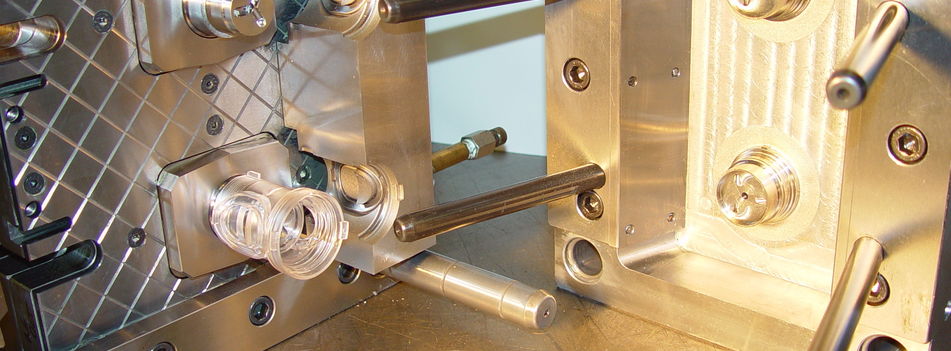Case studies
Spine vial sample holder
The customer approached us to support with the design and to establish the best method of manufacture for a spine vial sample holder
The component had a requirement for a magnetic ring with a 'pole' orientation that could be repeatedly produced in the same position every time. The dual purpose of this was to ensure that when the cap with the 'spine' in the centre was fitted into the spine vial, the magnetic field ensures that it enters the exact centre without interfering with the sides and disrupting the sample specimen.
The magnetic ring insert was also required to hold the cap in place once fitted. The customer also required a 'ballast' plate to be moulded into the base of the component to ensure stability of the product every time.
We worked with magnet suppliers and a steel pressing company to develop the correct geometry of the magnet and ballast insert for the component. Our tool makers designed a mould tool with non-ferrous core pins in the fixed half - this allowed the magnets to be fitted onto them without being 'attracted' to them.
The fixed half also had magnets built into its base plate so that the pole properties of both the magnet being insert moulded and the magnets designed into the injection mould tool could be controlled at all times.
The tool was designed with a castellation form in the ejector pins to allow the 'ballast' inserts to be fitted into them. During injection moulding, these could then be kept in a precise position so the material could flow around them.
The bespoke fixtures and gauging equipment we designed allowed the operator to only fit the magnetic ring inserts with the 'poles' in the correct orientation. If the magnetic ring insert was fitted in the incorrect orientation, there was a fail safe built into the tool that prevented the magnet from seating.
After the moulding process, each spine vial was put through a gauging system to ensure the inserts were positioned and working correctly.

Many of the mould tools we run in our moulding machines have complex cores which operate in a plane 90 degrees to the tool opening plane.